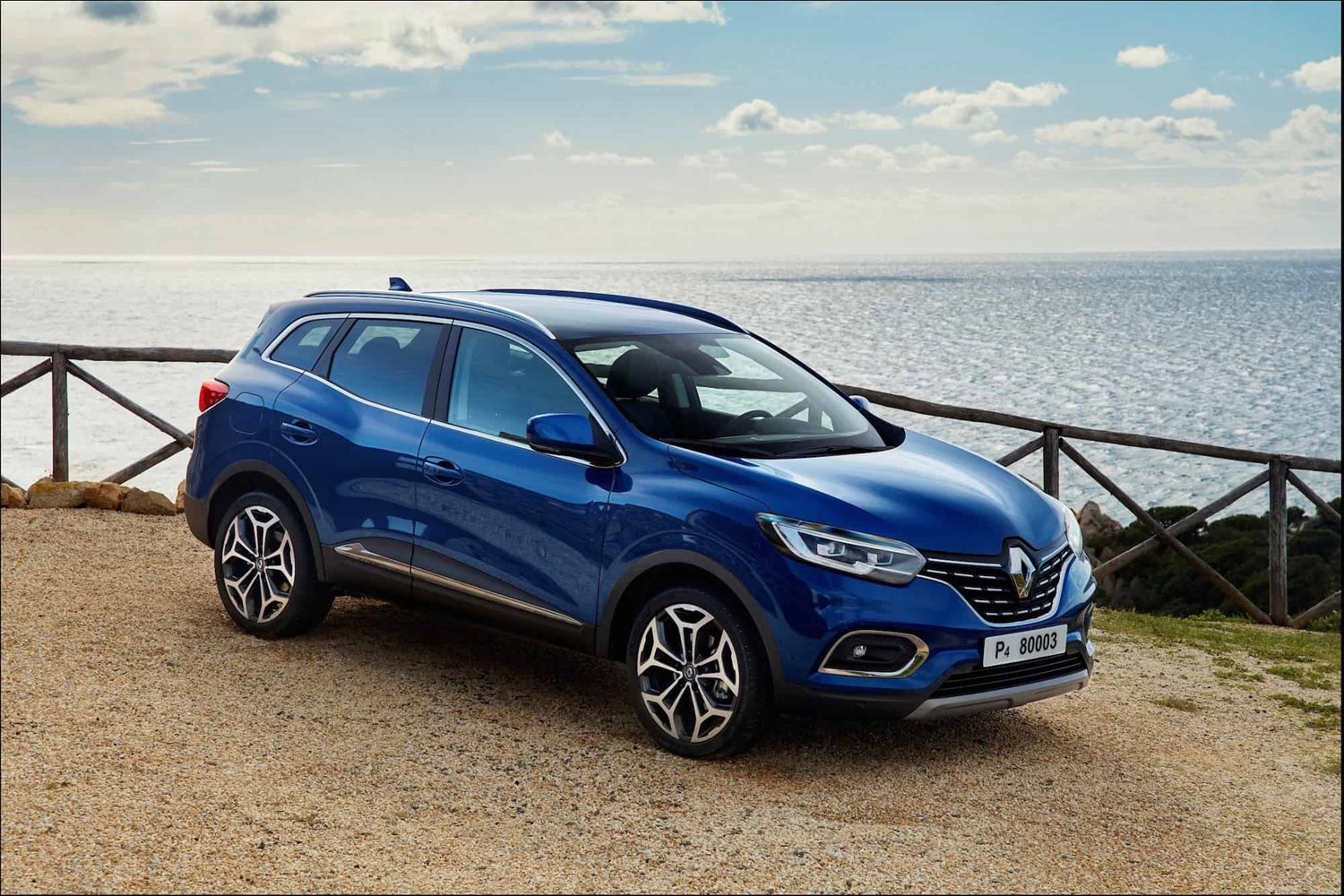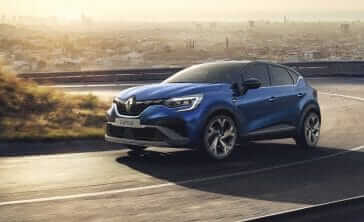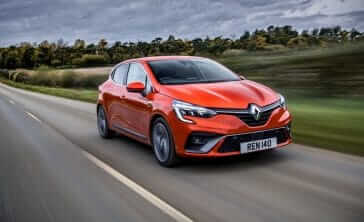Model review
The Kadjar joins the smaller Captur in Renault’s current crossover line-up. It shares the same platform as another popular car of the same segment, the Nissan Qashqai, meaning it’s available in either two or four wheel drive.
The Kadjar began production in 2015 and sits in the middle when it comes the firm’s SUVs – between the compact Captur and larger Koleos. Its aim is to replicate the same success that the Qashqai first experienced and still experiences today. That’s by offering buyers a practical family car, all wrapped up in the affordable and popular bodystyle that is the crossover.
And it certainly brings a lot to the table – things that make it a well-rounded class contender. The only problem is, in such a crowded and competitive market, a lot of its rivals do the same.
So can the Kadjar inch its way to the top, standing out the amongst other crossovers? We think it certainly has a chance, especially with the continued support it’s receiving from Renault.
Current model
Speaking of support from Renault, let’s get into the specifics. While the Kadjar’s still in its first-generation – at time of writing – it has received updates and, for 2018, a notable facelift.
The biggest addition to the car is the introduction of 1.3-litre petrol engine alongside a new 1.5-litre diesel unit. On the styling side of things, the model’s been given a wider front grille, additional chrome detailing and LED headlights fitted to the range-topping variants.
As with the rest of the Renault range, the manufacturer’s ‘EasyLife’ trim policy has been implemented on the Kadjar. This basically just means the number of trim and engines has been simplified in order to make the buying process a bit simpler.
Out on the road, the Kadjar is delightfully nice to drive. Sure, it’s no sports car, but in the crossover class it’s one of the better choices when it comes to getting behind the wheel. Our only complaint is that, on models with larger wheels, the ride can be a little jarring at lower speeds.
Value for money
New Renault Kadjar models start at £20,600, which puts it in line with its closest rivals, such as the £19,995 Nissan Qashqai and the £21,945 Skoda Karoq. The Kadjar, as well as those two crossovers, offers properly good value for money. Buyers get a chic compact SUV for around the same price as a family hatchback – what’s not to like?
On the used market, the car can be had for a bargain. The cheapest versions start at around £7,000 – high-mileage but still under four-year-old examples. Though cars with under 50,000 miles still go for an impressive price – circa £8,500. Facelift versions will naturally go for more, but the Kadjar’s still a bargain nonetheless.
Looks and image
The Kadjar, especially in post facelift form, is quite a looker. The muscular and fairly rugged design strikes a happy medium – it’s interesting enough to stand out, but not too bold and brash that buyers would be afraid to be seen in it.
The interior, on the other hand, focuses on functionality over design. While this may be a good thing for those wanting a simplistic cabin – everything is a nicely laid out – it might disappoint those wanting the flare from the outside to carry into the car’s cabin.
Space and practicality
For a crossover, the Kadjar is rather roomy. In both the front and back, passengers will easily be able to get comfortable. Headroom for very tall adults isn’t particularly generous in the rear, but the spacious legroom more than makes up for it.
Thanks to the Renault being longer than its Nissan chassis-mate, the Kadjar offers more boot space – 42 litres to be exact. At a total of 472 litres, the boot is a good size for this kind of car. Plus, a large opening and a well thought out load space make hauling items that bit easier.
Engines
There are four engines to choose from – two petrol units and two diesels. Starting with the latter, there’s a 1.5-litre producing 113bhp that’s going to be great if a lot of motorway miles are on the agenda. It’s not particularly quick – 0-60mph takes 11.4 seconds – but it’ll be the cheapest to run and it’s surprisingly smooth. For a bit more power, there’s a 148bhp 1.7-litre motor instead.
With regards to the petrol options, they’re both 1.3-litres. The entry-level one produces 138bhp and is reasonably quick with a 0-60mph time of 10.2 seconds. But for the best performance, the other petrol will be your best bet. Producing 158bhp, it’s a tad more rapid, getting to 60mph from standstill in 9.7 seconds.
Running costs
As mentioned before, the lower powered diesel will be the cheapest to run. The 1.5-litre can achieve a claimed 60.1mpg while emitting just 113g/km of CO2. So, what the engine lacks in performance, it more than makes up for in fuel economy.
The petrol options, while not able to match the diesel’s low running costs, are still good choices. The 138bhp version can achieve 44.2mpg, although emissions are higher than expected at 136g/km. In terms of the 158bhp one, that’ll do 42.8mpg and emit the same amount of CO2.
Things to look out for
The Renault Kadjar scored around average in the reliability surveys. While a lot of owners were happy with their cars, a notable amount reported that the car had experienced at least one fault in the first year.
The most common problems were uncovered to be issues with the model’s transmissions and electrics. Build quality was another area where it wasn’t massively well-received. The Kadjar’s low running costs seemed to impress owners, though.
Rivals
The reason the crossover class is so competitive and constantly flooded with new models is simply because it’s a very trendy and popular segment currently. Buyers are evidently drawn to the stylish, rugged looks and high ride height a small SUV provides, as well as the familiarity and affordability like a regular hatchback.
Cars keen to take on Renault’s entry include the Nissan Qashqai, Skoda Karoq, Peugeot 3008, Kia Sportage, Hyundai Tucson and Seat Ateca – to name a few. There’s plenty of choice thanks to ranging prices and sizes, but the Kadjar should definitely be considered.
Depreciation
The Kadjar holds value as well most of the rest of the segment, which is not great. Remember those used car bargains referenced earlier? Well, that’s due to the model taking quite the hit in terms of depreciation. This is most likely due to the crowded nature of the crossover market, combined with the fact that the Renault badge isn’t as desirable as others. Buy used and everything shouldn’t be too bad, but new Kadjar buyers best beware.




